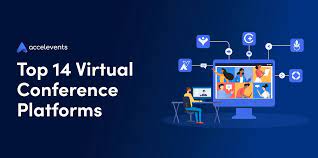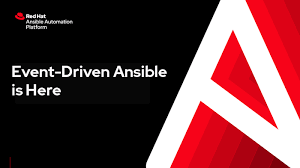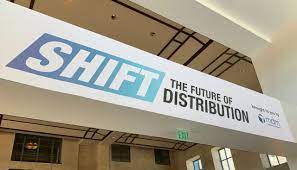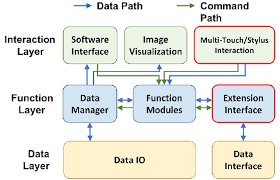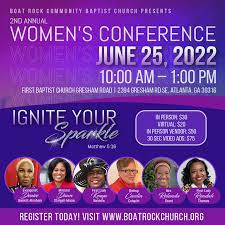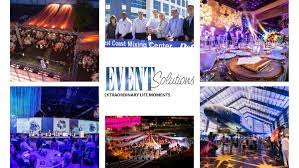The Importance of Event Transport Solutions
Organizing a successful event involves meticulous planning and attention to detail. One crucial aspect that can often be overlooked is event transport solutions. Efficient transportation services play a significant role in ensuring the smooth running of any event, whether it’s a conference, trade show, concert, or corporate gathering.
Here are some key reasons why event transport solutions are essential:
- Guest Experience: Providing reliable transportation options for attendees enhances their overall experience. Whether it’s arranging shuttle services from designated pick-up points or coordinating private car services, convenient transport solutions can leave a lasting impression on guests.
- Traffic Management: Large events often result in increased traffic congestion around the venue. Implementing effective transport solutions helps in managing traffic flow, reducing delays, and ensuring timely arrivals and departures.
- Safety and Security: Prioritizing safety is paramount when transporting guests to and from an event. By partnering with professional transportation providers, event organizers can ensure that attendees reach their destinations safely and securely.
- Eco-Friendly Options: In today’s environmentally conscious world, offering eco-friendly transport solutions such as electric shuttles or promoting carpooling initiatives can demonstrate a commitment to sustainability and reduce the event’s carbon footprint.
- VIP Services: For VIP guests or speakers, providing exclusive transportation services adds a touch of luxury and convenience. From luxury sedans to chauffeured limousines, personalized transport options can elevate the overall experience for distinguished attendees.
When planning your next event, remember that seamless transport solutions are integral to its success. By prioritizing efficient transportation services, you can enhance guest satisfaction, streamline logistics, and create a memorable experience for all participants.
7 Key Tips for Seamless Event Transportation Solutions: Enhancing Attendee Experience and Efficiency
- Consider the location of the event when choosing transportation options.
- Provide clear instructions and information to attendees regarding transportation arrangements.
- Offer a variety of transportation modes to accommodate different attendee preferences.
- Arrange for shuttle services between key locations if needed.
- Ensure that transportation schedules align with the event agenda to avoid delays.
- Consider environmental impact when selecting transportation options, such as promoting carpooling or using eco-friendly vehicles.
- Have a contingency plan in case of unexpected transportation issues.
Consider the location of the event when choosing transportation options.
When selecting transportation options for an event, it is crucial to take into account the event’s location. The proximity of the venue to major transportation hubs, parking facilities, and accommodation options can significantly impact the choice of transport services. By considering the location of the event, organizers can optimize logistics, minimize travel times for attendees, and ensure seamless coordination of transportation resources. Tailoring transport solutions to suit the specific requirements of the event’s location can enhance overall efficiency and attendee satisfaction.
Provide clear instructions and information to attendees regarding transportation arrangements.
To ensure smooth and hassle-free transportation for attendees, it is crucial to provide clear instructions and comprehensive information regarding transportation arrangements. Clearly communicate details such as pick-up points, shuttle schedules, designated drop-off locations, and any special instructions or requirements. By offering precise guidance, attendees can navigate transportation logistics with ease, minimizing confusion and delays. Effective communication plays a key role in enhancing the overall event experience and ensuring that guests arrive at the venue promptly and stress-free.
Offer a variety of transportation modes to accommodate different attendee preferences.
To enhance the overall attendee experience and cater to diverse preferences, it is advisable to offer a variety of transportation modes for events. By providing options such as shuttle services, carpooling initiatives, public transportation information, or even bike-sharing programs, event organizers can ensure that attendees have flexibility in choosing the mode of transport that best suits their needs. This approach not only enhances convenience but also demonstrates a commitment to inclusivity and sustainability by accommodating various transportation preferences.
Arrange for shuttle services between key locations if needed.
To optimize event transport solutions, consider arranging shuttle services between key locations as needed. Shuttle services can efficiently transport attendees from designated pick-up points to the event venue or between different event locations. This convenient transportation option not only helps manage traffic flow and reduce congestion but also enhances the overall guest experience by providing a hassle-free and organized way for participants to move between key points during the event.
Ensure that transportation schedules align with the event agenda to avoid delays.
To prevent disruptions and ensure a seamless event experience, it is crucial to align transportation schedules with the event agenda. By coordinating pickup and drop-off times effectively, event organizers can minimize delays and keep the program on track. This strategic approach not only enhances guest satisfaction but also contributes to the overall success of the event by maintaining a smooth flow of activities. Planning ahead and synchronizing transport schedules with the event timeline is key to avoiding logistical challenges and ensuring that attendees arrive at their destinations promptly.
Consider environmental impact when selecting transportation options, such as promoting carpooling or using eco-friendly vehicles.
When evaluating event transport solutions, it is crucial to consider the environmental impact of your choices. By promoting eco-friendly practices such as carpooling or utilizing vehicles with lower emissions, you can reduce the carbon footprint of your event and demonstrate a commitment to sustainability. Making conscious decisions about transportation options not only benefits the environment but also showcases your organization’s dedication to responsible event planning.
Have a contingency plan in case of unexpected transportation issues.
It is crucial to have a contingency plan in place for unexpected transportation issues when organizing an event. Despite careful planning, unforeseen circumstances such as traffic delays, vehicle breakdowns, or last-minute changes can disrupt the transportation arrangements. By preparing a contingency plan ahead of time, event organizers can mitigate potential risks and swiftly address any transportation challenges that may arise. Having alternative transportation options or backup resources readily available ensures that guests can still arrive at the event on time and without inconvenience, maintaining the overall success and smooth operation of the gathering.


